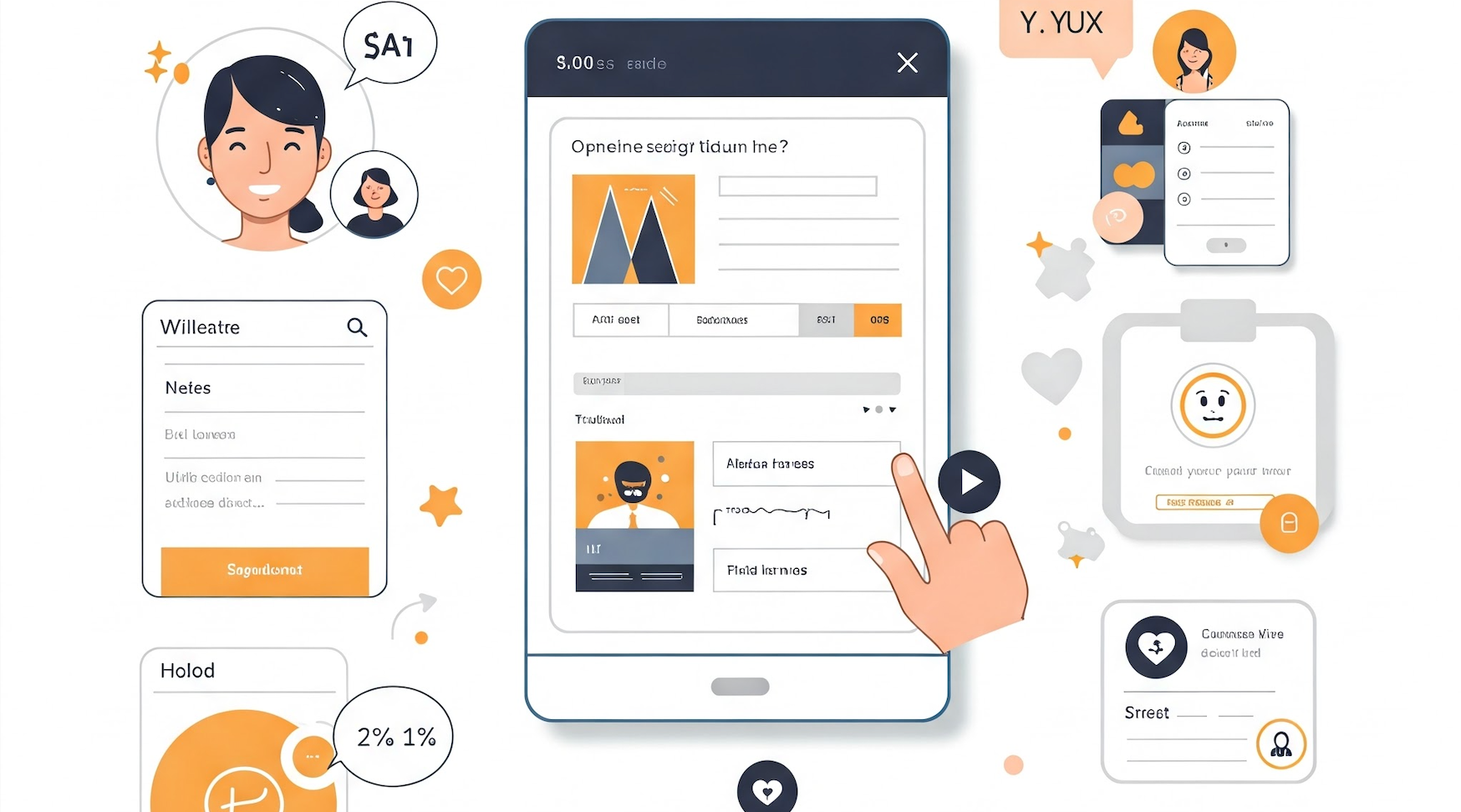Emotional Design: Crafting Products That Connect with Users
Craft delightful user experiences! Emotional design in UI/UX builds connections beyond usability. Learn to evoke joy, trust, and engagement.

Have you ever used a product that just felt right? Maybe it was a website that seemed to anticipate your next move or an app that made a mundane task feel enjoyable. That feeling isn’t a coincidence—it’s the power of emotional design in action. As a designer, I’ve come to realize that aesthetics and usability are just the beginning. True engagement happens when a product connects with users on an emotional level. That’s where emotional design comes in.
What is Emotional Design?
Emotional design is all about creating experiences that evoke emotions—whether it’s joy, trust, excitement, or even nostalgia. When people interact with a product, they’re not just looking for functionality; they’re looking for a connection.
Think about it—why do we love certain brands more than others? Why do some apps become an essential part of our daily routine while others fade into the background? The answer often lies in how they make us feel.
Why Emotional Design Matters ?
We often assume that people make rational decisions, but the truth is, emotions play a huge role. A beautifully designed, easy-to-use product creates a sense of delight. On the other hand, a frustrating experience can drive users away, no matter how functional it is.
For example, Apple products don’t just function well—they create an emotional connection through sleek design, satisfying interactions, and a sense of exclusivity. Similarly, apps like Duolingo gamify learning, making users feel accomplished and motivated to continue.
How to Apply Emotional Design:
- Use Colors and Typography Intentionally – Colors trigger emotions. Warm tones feel inviting, cool tones feel professional, and bold contrasts can add excitement. Typography also sets the mood—playful fonts feel fun, while serif fonts feel trustworthy.
- Make Micro-interactions Matter – Small animations, hover effects, and sound feedback can turn a basic interaction into something delightful. A simple success animation when completing a task makes the experience feel rewarding.
- Personalization is Key – Users love products that feel like they were made just for them. Adding personal touches like custom greetings, progress tracking, or tailored recommendations enhances emotional engagement.
- Tell a Story – People connect with stories, not just features. A well-crafted onboarding experience, for example, can guide users through a journey rather than just showing them how things work.
- Surprise and Delight – Unexpected moments of joy—like a fun loading animation or a witty error message—can make a product feel more human and memorable.
Final Thoughts
Emotional design isn’t just about making something look good—it’s about making people feel good when they use it. The best produ cts don’t just meet functional needs; they create lasting impressions.As I continue my journey in design, I find myself asking: How do I want users to feel? Because at the end of the day, great design isn’t just about usability—it’s about creating experiences that people love.
About the Author:
Akhilesh S, a Design Intern at Niti AI in Bengaluru, India, specializes in UI/UX design. Holding a B.Tech from Christ College of Engineering, he honed his skills at Tripixel Labs. Certified in Google UX Design, Akhilesh creates intuitive, user-centric interfaces. Passionate about enhancing digital experiences, he blends technical expertise with creative design to craft impactful solutions in the fintech space.
